Every pet owner’s intention is to keep their furry friends comfortable and well-groomed. But what happens when a routine nail trim, meant to bring relief, leaves your dog limping? The sight can be alarming and laden with guilt. But before you jump to conclusions or drown in worry, let’s unravel this mystery together. In this blog, we’ll explore the possible reasons behind your dog’s unexpected discomfort post-nail trim, offering insights and guidance on what to do next. Whether you’re a seasoned dog parent or new to the canine world, understanding the root cause can be key to ensuring your pup’s paws remain healthy and pain-free. Read on to help your four-legged friend stride with confidence once again!
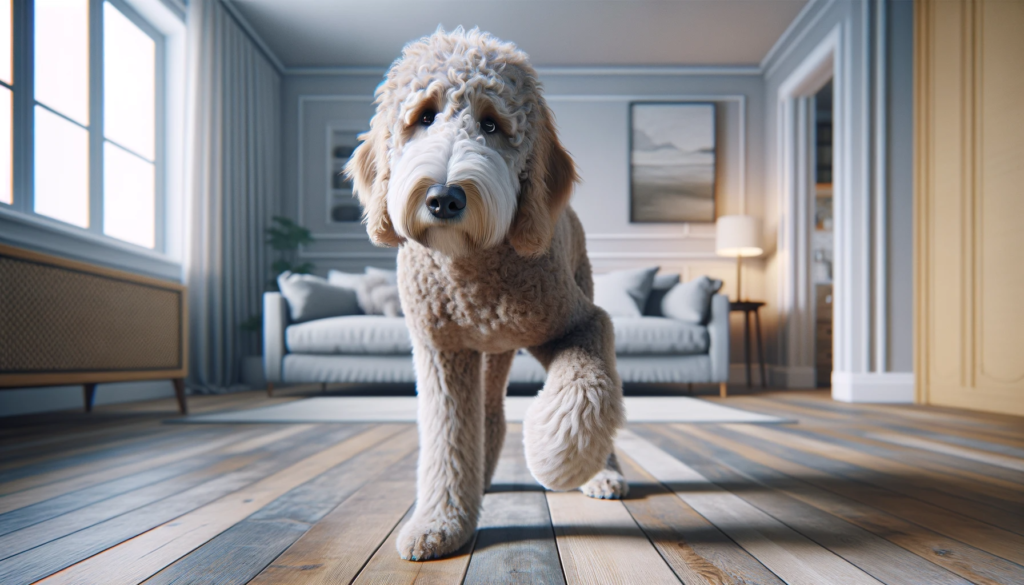
Did Trimming My Dog’s Nails Make Him Lame?
A simple nail trim should ideally not cause lameness in your dog. However, if not done correctly or if certain circumstances come into play, your dog might exhibit discomfort or limping. Let’s dive into the possible reasons:
1. Quick Was Cut
The quick is a sensitive part of your dog’s nail filled with nerves and blood vessels. If trimmed too close or nicked:
- Immediate pain: Your dog might yelp or show signs of distress.
- Bleeding: The nail will bleed, which can be quite alarming.
- Lingering pain: This can result in limping for several hours or even a few days.
2. Over-Trimming
Even if the quick isn’t cut, trimming too much nail at once can make your dog’s paws sensitive.
- Exposed new layers: Removing too much nail can expose layers not used to touching the ground.
- Sensitive pads: Your dog might walk gingerly due to unfamiliar feelings.
3. Nail Splintering
Using blunt or poor-quality clippers can cause the nail to splinter.
- Rough edges: Splintered nails can have jagged edges, causing discomfort.
- Risk of infection: Open areas from splinters can be a breeding ground for bacteria.
4. Pre-existing Conditions
Sometimes, the limping isn’t directly caused by the nail trim, but the process might exacerbate a pre-existing condition.
- Undetected injuries: An unnoticed paw or leg injury might become more evident after a trim.
- Arthritic joints: Handling the paws and legs can cause discomfort to a dog with arthritis.
5. Stress and Anxiety
Some dogs are naturally anxious about nail trims.
- Physical response: A stressed dog might tense up, putting strain on their muscles or joints.
- Post-trim anxiety: The experience can leave a dog feeling vulnerable, leading them to walk differently for a bit.
While it’s essential to regularly trim your dog’s nails for their overall health and comfort, it’s equally vital to be informed and careful during the process. If your dog is limping after a nail trim, it’s crucial to assess the situation, provide immediate care if necessary, and consult with your vet for guidance. Remember, prevention is always better than cure: educate yourself on the right nail trimming techniques, and consider professional grooming if you’re uncertain. Your dog’s paws are in your hands!
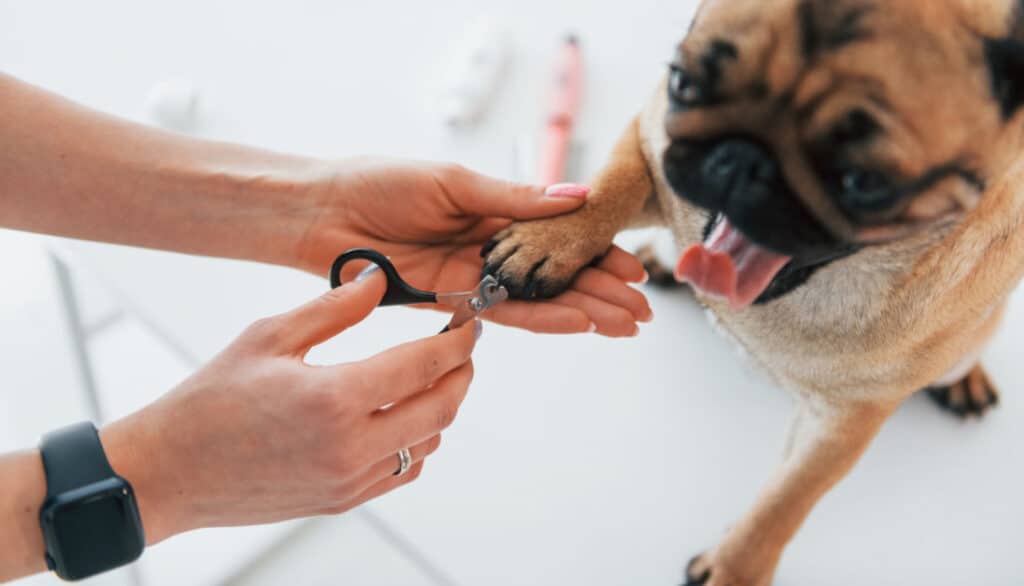
Nail Injury or Muscle or Tendon Damage
When our beloved furry friends experience discomfort, it’s crucial to determine the root cause, especially when limping or lameness occurs. Nail injuries are commonly mistaken for muscle or tendon damage due to overlapping symptoms. Let’s delve into each to differentiate them and understand the signs, causes, and treatments.
Nail Injury
Nail injuries in dogs are relatively common, especially if they’re active or their nails aren’t regularly maintained.
Signs:
- Bleeding from the nail.
- Swelling around the nail bed.
- Licking or biting at the affected nail incessantly.
Common Causes:
- Accidental nicks during nail trimming.
- Nails getting caught in carpets, gaps, or other surfaces.
- Breaking or cracking due to excessive length.
Treatment:
- Stop the bleeding using styptic powder or cornstarch.
- Keep the paw clean to avoid infection.
- Consult with a veterinarian if the injury seems severe or doesn’t heal.
Muscle or Tendon Damage
Muscle or tendon injuries might be more challenging to diagnose as they occur within the dog’s body, making the signs less overt.
Signs:
- Limping or favoring one leg.
- Swelling or warmth in the affected area.
- Reluctance to move, jump, or play.
Common Causes:
- Overexertion during play or exercise.
- Traumatic events like falls or accidents.
- Pre-existing conditions or age-related degeneration.
Treatment:
- Rest and restrict movement to prevent further injury.
- Cold or warm compresses to reduce inflammation.
- Veterinary consultation for pain management, physical therapy, or surgery if severe.
Whether it’s a nail injury or muscle/tendon damage, both conditions can be painful for your pet. As a responsible pet owner, it’s vital to observe any changes in your dog’s behavior or movement. Always consult with a veterinarian when in doubt. Regular check-ups, proper grooming, and a safe environment can go a long way in preventing such injuries.
Dog Limping After Grooming [What Went Wrong?]
Grooming sessions are generally a time for pampering, freshening up, and ensuring the overall well-being of our canine companions. But what happens when your previously sprightly dog starts limping post-grooming? It’s a concern that no dog owner wants to face. This unexpected outcome can leave you puzzled, concerned, and seeking answers. In this section, we’ll delve into the potential mishaps or oversights during grooming that can lead to such distressing scenarios. Whether it’s a nail trim gone awry, a brush snagging a hidden mat, or something even more obscure, understanding the “what” and “why” is the first step to preventing it in the future. Let’s uncover the mysteries behind dog limping post-grooming and ensure your furry friend’s next spa day is both enjoyable and incident-free.
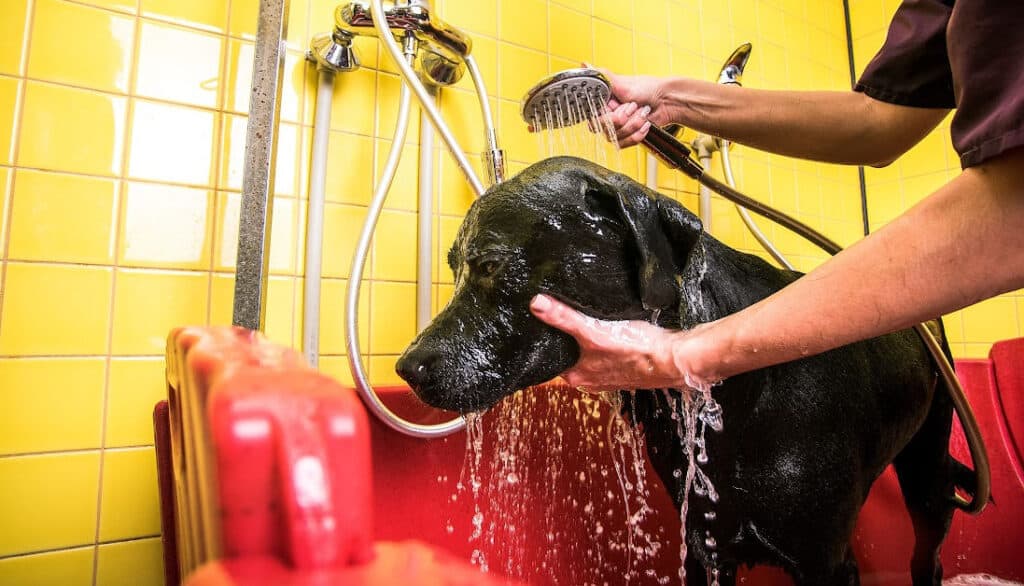
6 Reasons for Dog Limping After Grooming
When your dog comes home from a grooming session, a joyful and energetic response is what you’d naturally expect. However, if they’re limping, it’s a clear sign something’s amiss. Understanding the potential causes can help you address the issue promptly and prevent future complications. Let’s delve into the six reasons that might be causing this post-grooming discomfort.
1. Muscle Strains and Sprains
During grooming, dogs are often placed in positions that they’re not accustomed to. Staying still for extended periods or sudden jerks can lead to:
- Tense muscles: Overstretched or constricted muscles can cause minor strains.
- Ligament issues: Quick or unexpected movements can result in sprains.
2. Joint Injuries and Arthritis
The grooming process can sometimes aggravate pre-existing conditions or lead to new ones, especially in older dogs.
- Handling stress: Incorrect lifting or repositioning can stress joints.
- Existing conditions: If your dog already has arthritis, the grooming process might exacerbate their discomfort.
3. Pad and Nail Injuries or Over-trimming
The most direct link between grooming and limping often lies in the paws.
- Nail nicks: Accidentally cutting the quick can cause significant pain.
- Over-trimming: Removing too much nail or pad hair can lead to sensitivity.

4. Heat Exhaustion or Dehydration
Grooming salons, especially during busy times, can be warmer than expected. If not monitored, dogs can suffer from:
- Overheating: Extended time under dryers or in a warm environment can lead to heat stress.
- Dehydration: Lack of available water during prolonged grooming sessions can worsen the situation.
5. Allergic Reactions or Skin Irritation
Different grooming products suit different dogs, and sometimes a mismatch can occur.
- Product reactions: Some dogs might be allergic to specific shampoos, conditioners, or other grooming products.
- Physical irritants: Rough brushes or abrasive tools can cause skin redness and irritation.
6. Abusive Groomer
A topic no pet owner wants to consider, but it’s essential to be vigilant about who handles your dog.
- Rough handling: Inappropriate or aggressive handling can result in physical injuries.
- Signs of stress: A traumatized dog might not only limp but show signs of anxiety, fear, or depression post-grooming.
Regular grooming is vital for your dog’s health and well-being, but it’s equally crucial to ensure the experience is safe and comfortable. If your dog limps post-grooming, understanding these potential reasons can guide your next steps, whether it’s medical attention, a discussion with the groomer, or seeking a new grooming service. Always prioritize your dog’s comfort and safety above all.
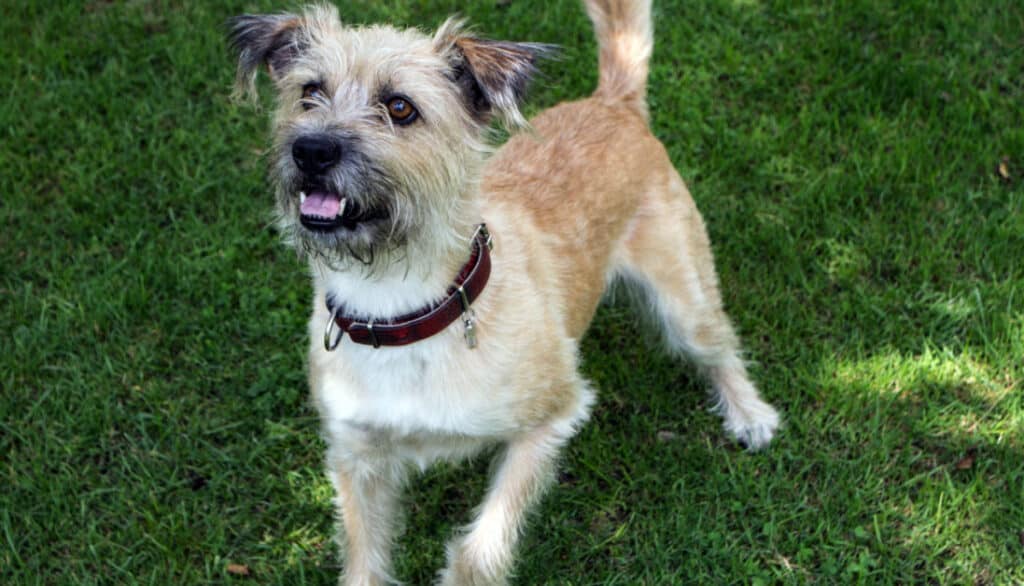
Signs and Symptoms of Dog Limping After Grooming
A dog’s behavior and body language are crucial indicators of their well-being. While limping is the most evident sign something went awry during the grooming process, there are other subtle (and not so subtle) signals your dog might be in distress. Recognizing these symptoms early on can help you address the issue promptly, ensuring your canine companion gets back to their happy, active self in no time. Let’s delve into these signs in detail.
1. Obvious Limping, Favoring a Leg or Limb
This is the most direct and noticeable sign of discomfort.
- Uneven gait: Your dog might hobble or skip steps.
- Hesitation: They might be reluctant to put weight on the affected leg.
2. Difficulty Standing or Walking
While it’s more subtle than outright limping, changes in your dog’s mobility can be telling.
- Struggling to rise: If they find it hard to stand up from a resting position, it can indicate pain or discomfort.
- Unsteadiness: They might wobble or have an unstable gait when walking.
3. Swelling or Bruising in the Affected Area
Physical signs on or around the leg can point towards injuries or irritations.
- Visible swelling: Check the paws, joints, and muscles for any inflamed areas.
- Discoloration: Bruises, especially in light-furred dogs, can be signs of trauma.
4. Whimpering or Yelping When Touched
Vocal indications are a clear sign of distress and discomfort.
- Sensitive spots: If your dog yelps or pulls away when you touch a specific area, it’s likely the source of pain.
- General vocal distress: Apart from yelping, signs like whimpering, groaning, or growling when moving or touched can indicate pain.
Observing your dog closely after grooming can provide valuable insights into their comfort and health. Always be attuned to these signs and symptoms, and if in doubt, consult with a veterinarian. Early detection and intervention can prevent minor issues from becoming major problems. Remember, your furry friend relies on you to ensure their well-being, so always prioritize their health and happiness.
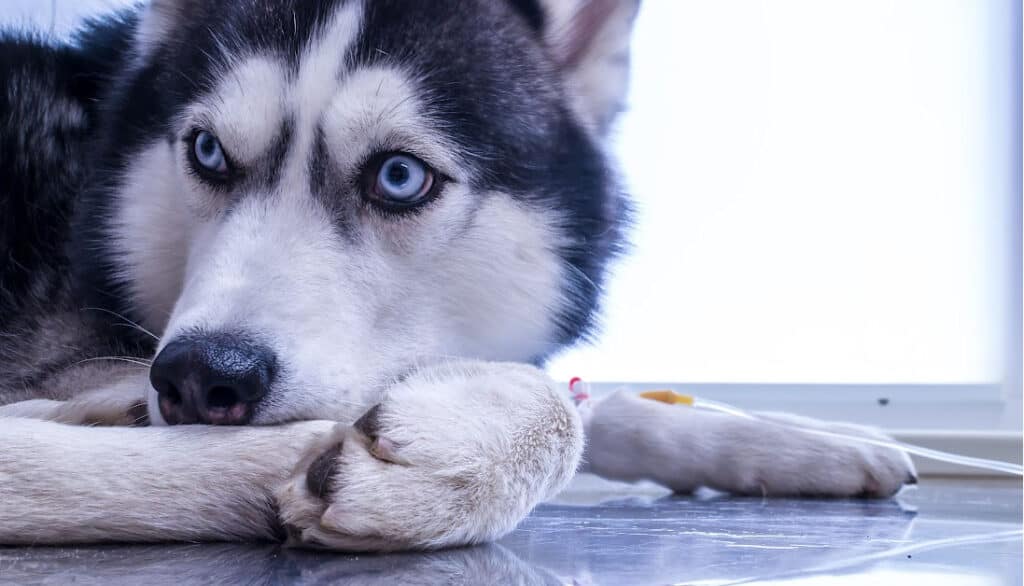
How to Prevent Your Dog From Limping After Grooming?
Grooming is an essential part of your dog’s well-being, but the aftermath shouldn’t leave your furry friend in discomfort. While occasional accidents might occur, many of the reasons behind post-grooming limping can be preventable. As the adage goes, prevention is better than cure. So, let’s explore strategies to ensure that your dog’s grooming experience is both pleasant and safe.
1. Choosing the Right Groomer
The person handling your dog plays a pivotal role in their grooming experience.
- Reputation: Seek recommendations from fellow dog owners or online reviews. A reputable groomer will prioritize safety.
- Training and Experience: Ensure the groomer has formal training and experience, especially with your dog’s breed or specific needs.
- Cleanliness and Equipment: Visit the grooming salon beforehand. A clean environment and well-maintained equipment are good indicators of professionalism.
2. Preparing Your Dog
Familiarity and comfort can significantly reduce the chances of injury.
- Regular Handling: Regularly touch and handle your dog’s paws, ears, and other sensitive areas. This makes them more accustomed to the grooming process.
- Pre-grooming Walk: A brisk walk before the session can help in burning off excess energy, making your dog calmer during grooming.
- Communicate Concerns: If your dog has specific issues or sensitivities, ensure the groomer is aware.
3. Be Present During the Session
While not all grooming salons allow this, being there can be beneficial.
- Provide Comfort: Your presence can calm a nervous dog, making the process smoother.
- Monitor Handling: Observing the groomer’s technique ensures your dog isn’t being mishandled or stressed.
4. Set the Right Expectations
Clear communication with your groomer can prevent many issues.
- Express Preferences: If you prefer a specific nail length or coat length, let the groomer know.
- Feedback Loop: After the session, provide feedback. If you felt something went well or not-so-well, a good groomer would appreciate knowing.
A positive grooming experience is crucial for both your dog’s physical and mental well-being. By being proactive and ensuring your dog is in safe, capable hands, you can drastically reduce the chances of post-grooming discomfort. Always prioritize your dog’s safety, comfort, and happiness – because they deserve nothing but the best!
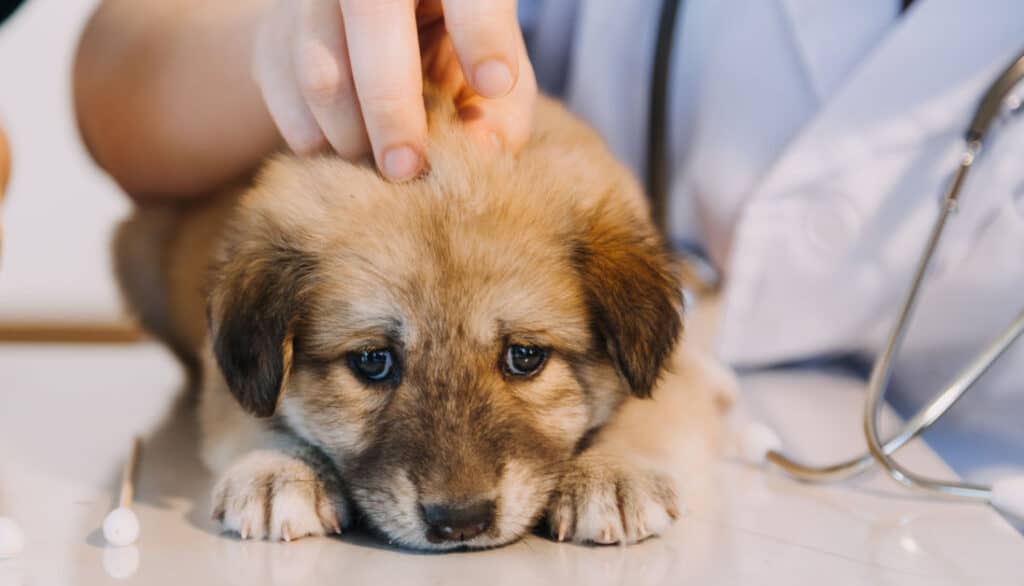
When Should I Take My Dog to the Vet After Limping?
Limping in dogs can range from a minor stumble to a symptom of a more significant underlying issue. While our first instinct as responsible pet owners might be to comfort our furry companions and hope for the best, sometimes it’s vital to take action. The big question, however, is when? Let’s discuss the tell-tale signs and scenarios that should prompt a trip to the vet.
1. Persistent Limping
If your dog’s limping doesn’t improve within 24-48 hours, it’s time to consult a veterinarian. Persistent discomfort indicates that the problem isn’t just a small sprain or temporary pain.
2. Severe Pain
It’s distressing to see our pets in pain. If your dog yelps, whines, or growls when the affected area is touched or when they move, it’s a sign they need immediate medical attention.
3. Swelling or Deformity
Visible swelling or any deformation in a leg or joint is cause for concern. It might indicate fractures, dislocations, infections, or other serious conditions.
4. Reluctance to Move
If your dog, usually active and lively, is suddenly hesitant to move, stand, or even get up, it’s a clear sign that they’re in significant discomfort.
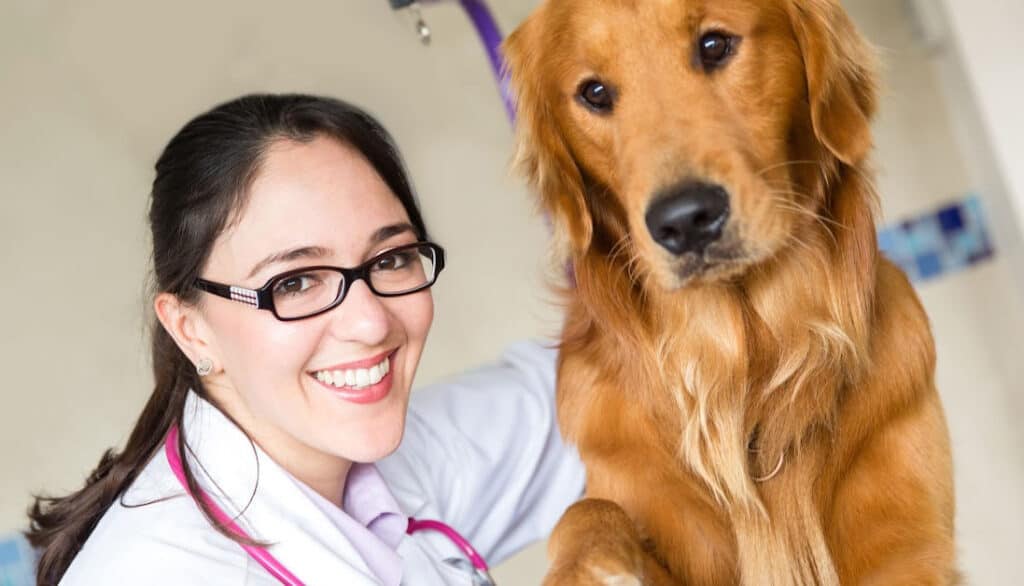
5. Associated Symptoms
Limping accompanied by other symptoms like fever, loss of appetite, lethargy, or behavioral changes means there’s more than meets the eye. In such cases, a vet’s comprehensive examination is essential.
6. Known Trauma
If you’re aware that your dog had a traumatic experience, like a fall or a run-in with a car, even if they seem okay initially, it’s good to get them checked. Some injuries aren’t immediately apparent.
7. Age and Pre-existing Conditions
Elderly dogs or those with pre-existing conditions such as arthritis or hip dysplasia may suffer from exacerbated symptoms after minor incidents. A slight stumble for them could lead to more significant complications than it would for a younger or healthier dog.
Our dogs rely on us to recognize when they’re in distress. Limping, while a clear sign of discomfort, has varying degrees of severity. Always trust your instincts as a pet owner. If you feel something’s off, it’s better to be safe and consult with a vet. Remember, it’s not just about addressing the immediate issue but ensuring the long-term well-being of your furry best friend.
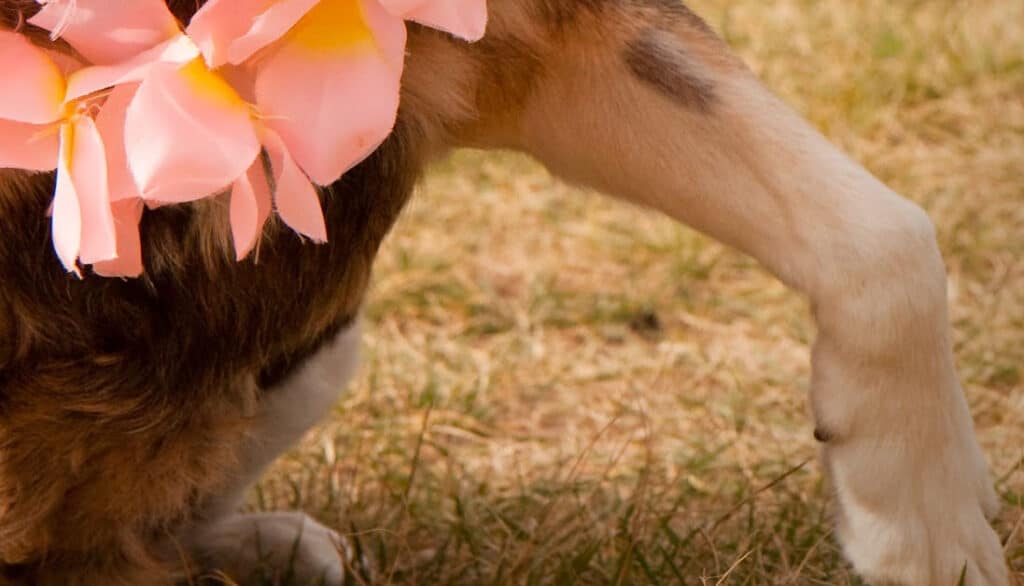
Can You Treat Limping at Home?
As a dog owner, it’s only natural to want to comfort and care for your furry friend when they’re feeling under the weather. Limping, while it can be distressing, is a common issue that many pet owners face. Depending on the severity and cause, some cases of limping might be manageable at home. However, always remember the golden rule: When in doubt, consult with a veterinarian. With that said, let’s discuss some scenarios where home care might be appropriate and how to go about it.
1. Rest and Observation
For minor sprains or strains, sometimes all your dog needs is a bit of downtime.
- Limit activity: Consider keeping your dog in a confined space or on a leash to prevent them from running or jumping.
- Observe: Keep a close eye on their behavior. If the limping worsens or doesn’t improve in a day or two, it’s vet time.
2. Cold and Warm Compresses
Just as with humans, compresses can be beneficial in reducing pain and swelling.
- Cold Compress: Ideal for recent injuries, a cold pack can minimize inflammation. Apply for 15 minutes, ensuring there’s a cloth barrier between the ice and the skin.
- Warm Compress: Useful for relieving muscle stiffness or older injuries. Apply a warm cloth to the affected area for about 15 minutes.
3. Check for Foreign Objects
Sometimes, the culprit is a tiny thorn, shard of glass, or pebble stuck in the paw.
- Gentle Examination: Carefully inspect your dog’s paw pads and between their toes. If you find an object, use sterilized tweezers to remove it gently.
- Clean the Area: After removal, clean the area with mild antiseptic to prevent infection.
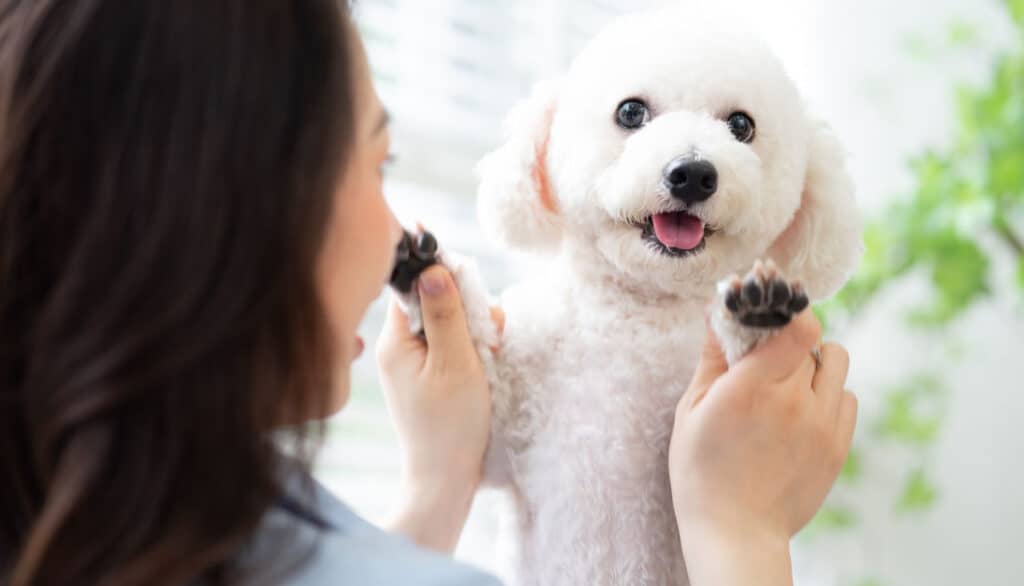
4. Over-the-Counter Pain Relievers
Important: Many human pain relievers are toxic to dogs. Do not administer without consulting your vet.
- Safe Dosage: If your vet has previously recommended a specific OTC pain reliever for minor pains, ensure you give the correct dosage.
5. Massage and Gentle Stretching
This can help with minor muscle strains or stiffness.
- Gentle Strokes: Use your hands to gently massage the affected area, improving blood flow.
- Stretching: Very carefully and gently, you can try stretching your dog’s leg, but stop immediately if they show signs of discomfort.
While there are measures you can take to comfort your limping dog at home, it’s crucial to approach the situation with caution. What might seem like a minor issue could be more severe under the surface. Always prioritize your dog’s well-being, and if their condition doesn’t improve or if you’re unsure about the cause of the limp, seek professional advice. Your dog’s health and comfort are always worth that extra step.
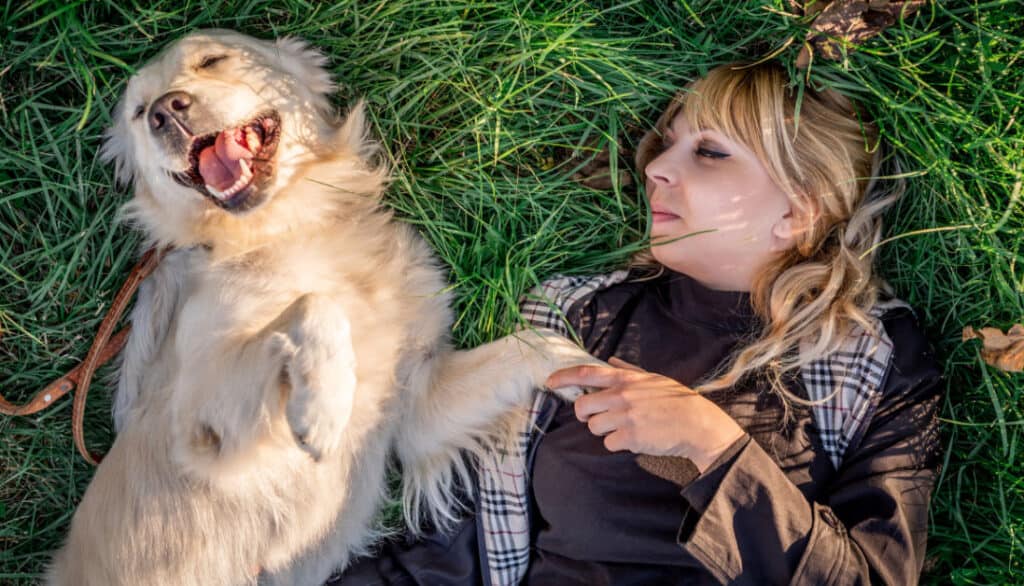
Conclusion
Navigating the world of pet care can sometimes feel like treading uncharted waters, especially when faced with unexpected challenges like post-grooming limping. Yet, armed with the right knowledge, patience, and a dash of intuition, you can ensure that your four-legged companion receives the best care possible. Remember, our pets don’t have a voice of their own, so they rely on us to be their advocates. By staying informed and proactive, you not only address immediate concerns but also pave the way for a lifetime of joy and health for your beloved dog. Here’s to many more wagging tails and happy trails ahead!
Frequently Asked Questions (FAQs)
Limping after a nail trim can be due to various reasons. The most common cause is “quicking” the dog, which means cutting into the blood vessel and nerve that runs through each nail, causing pain and discomfort. Other reasons can include stress, over-trimming, or even an unnoticed injury to the paw during the process.
Yes, dogs can sometimes be sore after grooming. This can be due to various reasons like handling during grooming, potential nicks or cuts, skin irritations from products used, or even stress from the grooming experience itself. Additionally, if mats were removed or there was excessive tugging on the fur, the skin could be sensitive post-grooming.
If your dog is reluctant to walk post-grooming, it could be due to physical discomfort or emotional stress. Physical causes might include injuries, over-trimmed nails, skin irritations, or even muscle strains from being in a specific position for an extended period. Emotional reasons could stem from anxiety or stress during the grooming session.
The healing time for a dog’s limp largely depends on its cause. Minor sprains or strains might resolve within a day or two with rest. More severe injuries, like fractures or ligament tears, could take weeks to months and might require medical intervention. Always consult with a vet for a proper diagnosis and recovery timeline.
Yes, it’s generally a good idea to limit your dog’s activity if they’re limping. By preventing excessive movement, you reduce the risk of aggravating the injury. Ensure they have a comfortable resting spot and, if necessary, confine them to a smaller space or use a leash during bathroom breaks.
